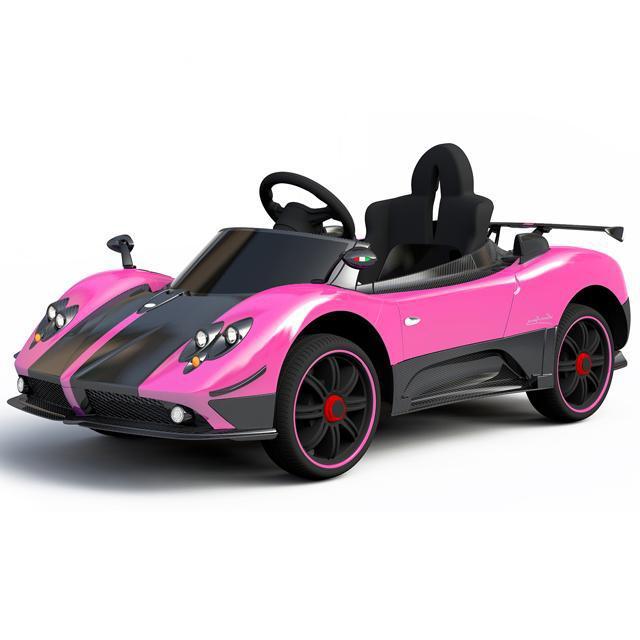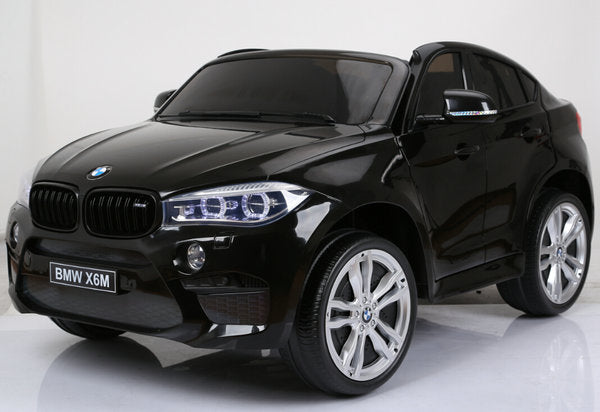Recommended Facts On Choosing Electric Kids Cars
Recommended Facts On Choosing Electric Kids Cars
Blog Article
What Is The Battery Life Of An Electric Ride-On Kids Car?
Understanding the battery and charging time of an electric kids' ride-on vehicle is crucial to ensuring optimal performance and uninterrupted playtime. Here's all you need know about battery type.
Most electric ride-on cars for kids utilize rechargeable batteries, typically lithium-ion or lead-acid batteries. The lead-acid batteries take longer time to charge and also have lower battery lifespan.
Battery Capacity
The battery capacity, measured in ampere-hours (Ah) or Watt-hours (Wh), determines the length of time that a ride-on vehicle can operate on a single charge. Higher capacity batteries provide longer time to play before needing to recharge.
Run Time -
The run time is the longest quantity of continuous operation an electric car can provide on a single charge. This can vary depending on a variety of factors, including capacity of the battery, motor power, terrain, and weight of the rider.
The typical run time for electric ride-on vehicles ranges from 30 minutes and 2 hours. Certain battery packs with high capacity may have longer run times.
Charging Time -
Charging time refers to the amount of time required for the battery to fully charged after it has been exhausted. Charge times differ depending on the battery's capacity, charger specifications, and charging methods.
In general the time to charge an electric ride-on car is between 8 and 12 hours. Certain models provide faster charging particularly those with lithium-ion batteries.
Follow the charging guidelines given by the manufacturer to ensure the safety of your battery and its long-term durability. Overcharging or undercharging the batteries can have a negative impact on their performance as well as longevity.
Charging Method
Electric ride-on cars are often equipped with chargers which plug into a standard home outlet. Some models have fast-charging features or smart charging systems which monitors the state of charge and adjusts the rate of charging in line with the state of charge.
To avoid damaging the battery or the electrical system make sure that the charger as well as the port on the ride-on are compatible.
Additional Batteries
Certain electric vehicles offer the option of purchasing additional batteries or extra batteries to extend play time. Extra batteries allow you to recharge batteries that are depleted by fully charged batteries which minimizes downtime.
Understanding the battery and charging time of a ride-on kid's car will help ensure that both you and your child can enjoy uninterrupted and fun playtime and exciting adventures. Following proper charging methods and charging the battery on a regular basis will prolong battery life. Have a look at the most popular Lamborghini kids car for website tips including toy cars toy car, toy car, childrens electric ride on, ride on car, toy with car, car on ride, cars pedal car, electric ride on cars, electric ride along car, electric toy car and more. . 
How Are Models For Children's Cars Made For Outdoor And Indoor Use?
In the indoors or outdoors, kids' cars are designed to work in various circumstances and in different environments. They are constructed differently - Indoor Use Cars
Dimension and weight Size and Weight: Cars designed for indoor usage tend to be lighter, smaller and more maneuverable in narrow spaces, like living rooms, hallways or playrooms. They are small enough to navigate tight corners and narrow passageways without damaging walls or furniture.
Low Ground Clearance - Indoor vehicles have a low clearance, which prevents them from being stuck or caught on obstacles such as carpets, rugs or thresholds. This allows for seamless and uninterrupted movement over indoor surfaces, without the risk of getting stuck or tipped over.
Smooth Wheels: The wheels on indoor vehicles are typically composed of smooth materials such as rubber or plastic. This gives traction and grip for smooth surfaces, such as flooring made of hardwood laminate floors, tiles. They are designed to minimize noise and prevent scratching or scratching indoor surfaces.
Limited Speed - Indoor vehicles are usually limited to an lower speed to ensure safety and control. This could help prevent collisions and accidents with furniture, walls, or other objects found inside indoor areas.
Outdoor Use Cars -
Durable Construction: Cars built specifically for outdoor use feature robust materials such as tough plastic or metal that can withstand rough handling, elements of the outdoors, such as moisture and sun. These cars are built to withstand the harsh environment of outdoor usage.
The higher the clearance of the ground is, the better equipped they are to deal with bumps and uneven terrain. They are able to traverse rough surfaces, including pavements gravel, grass and dirt.
Traction tires - Tires for outdoor vehicles are usually equipped with treads and patterns that provide better grip and traction on uneven or slippery surfaces. This gives you more control and stability when driving on outdoor terrain.
Weather-resistant components - Cars for outdoor use may have weather-resistant parts like electronic components that are sealed and waterproof casings, as well as rust resistant materials. These components safeguard the car from moisture and environmental damage. They are able to stand up to the elements of rain, mud, or puddles and still perform.
Outdoor vehicles are generally quicker to take advantage of the wide open spaces and the longer distances you can expect to travel in. It is an exciting adventure for kids who wish to experience the outdoors.
When considering these design elements and traits, parents are able to choose a kids' car model that's tailored to their specific usage needs and environment, whether outdoor or indoors, and ensuring the safety, enjoyment and lasting play experience for their child. Check out the most popular click here for Audi ride on car for blog examples including childrens electric cars, toy and car, childrens digger, cars pedal car, electric two seater cars, toy car, kiddies cars, ride on digger, ride on toy, toy the car and more. . 
How Do I Figure Out The Amount I Will Spend On My Child's Ride-On Vehicle?
When making a decision on a budget, you should consider factors like the quality of the product, its durability, as well as your financial situation. How to set the budget for your ride-on car to get the best value Find the average price
Start by looking up the price average of ride-on cars for kids that have the features you desire. Toy stores, online retailers, and manufacturer websites are a good source of information on pricing.
Select Must-Have Features
Choose the features your child needs for their safety and enjoyment. Ride-on cars that have features like realistic sounds and belts for seats, remote controls, and working headlights can be more expensive.
Prioritize the features you want to use based on your child's preferences and budgetary restrictions.
Think about Durability and Length of Life -
Ride-on cars must be constructed of durable materials, such as metals and plastics. They should also be able to withstand the elements.
Review reviews and get suggestions from other parents to evaluate the durability and longevity of various models. By investing into a ride-on solidly constructed, you will be able to avoid frequent replacements and repairs.
Compare prices from different retailers -
Comparing prices with other retailers can enable you to find the most affordable bargains. Local toy shops, department stores and specialty stores might have affordable prices.
Look for clearance, sales or discounts that will aid you in saving money on your purchase, but without losing quality.
Determine additional costs
Be aware of any additional costs such as shipping charges tax, accessories, and so on. (e.g. spare batteries and security equipment).
Plan your budget accordingly so that you can afford the total price of the ownership including any necessary accessories or maintenance costs.
Establish a Budget That Is realistic
Set up a realistic budget that is based on your financial and research situation. This will help align your priorities with your goals. Consider the durability of the features, as well as longevity when determining the maximum amount you're willing to pay for your ride-on automobile.
Don't spend too much on toys for your child or other things that aren't necessary.
Take into consideration value over the long Term Consider Value Over the Long Term
Consider the long-term worth of the kid's ride-on vehicle by looking at its longevity flexibility, adaptability, and ability to grow with your child. A top-quality car with a variety of features may prove to be more beneficial over time than a lesser, less durable alternative.
You can get the best price on a ride-on vehicle for your kid by setting a budget by looking at the features, durability, and endurance, and setting an appropriate budget. The most important features should be prioritized for your child's fun and safety, while still staying within your budget. Check out the top JCB ride on toys kidscars.co.uk news for blog advice including car toy car toy, two seater electric cars, toy car toy car, kids electric cars, race car toy car, lambo toy car, childs ride on car, a toy car, remote control childrens car, ride on toy and more. .